1. Cherry Laurel
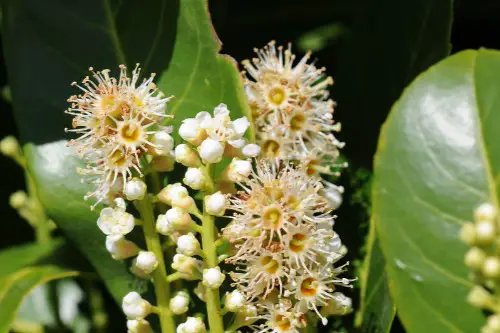
Cherry laurels look lush and evergreen, which makes them popular as hedges or privacy screens. But they grow quickly into large, dense shrubs that can overpower gardens. Their size can block light from other plants, causing landscaping frustration. Many homeowners regret planting them when they realize the constant pruning required to keep them manageable.
They’re also susceptible to pests and fungal diseases, which can spread rapidly in mature plants. Dead leaves and stems create extra cleanup work throughout the year. While initially attractive and low-maintenance in theory, cherry laurels often become a high-maintenance project. Containment is much harder than it looks.
2. Weeping Willow
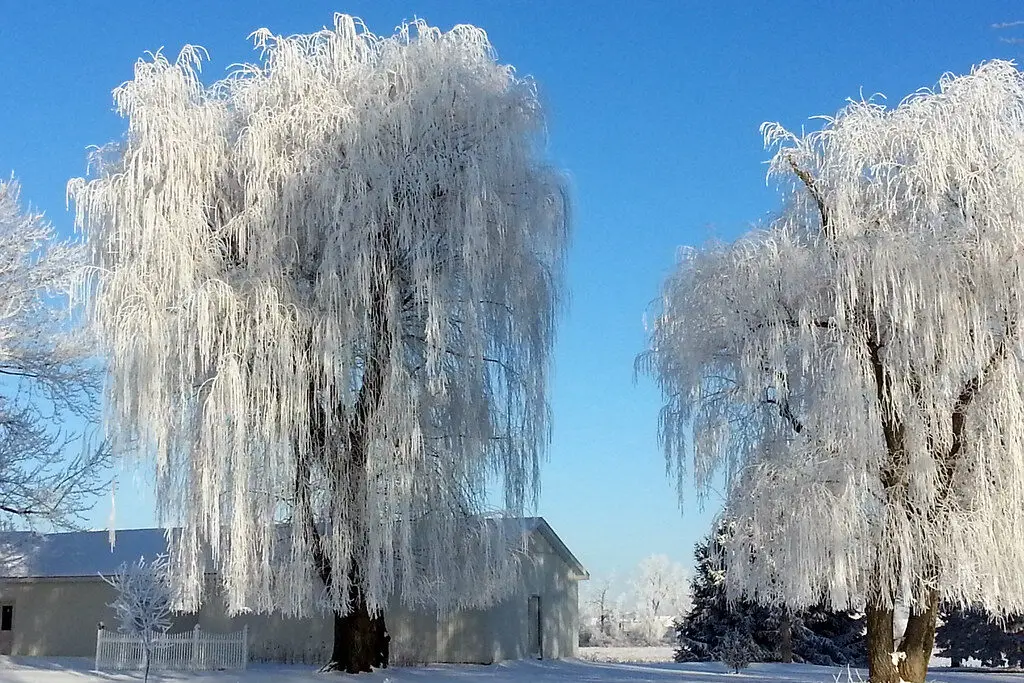
Weeping willows have that graceful, draping look that’s perfect near water or in a large yard. But their root systems are massive and extremely thirsty. They can interfere with septic systems, pipes, and even foundations if planted too close to the house. Homeowners often regret planting them once they realize the cleanup and maintenance demands are constant.
These trees also shed a ton of leaves and twigs, creating a never-ending mess in the yard. Their limbs are heavy and prone to breaking during storms, which can damage property or become a hazard. What looked like a serene, picturesque addition becomes a major liability over time. Many people underestimate how much space a mature weeping willow really needs.
3. English Ivy
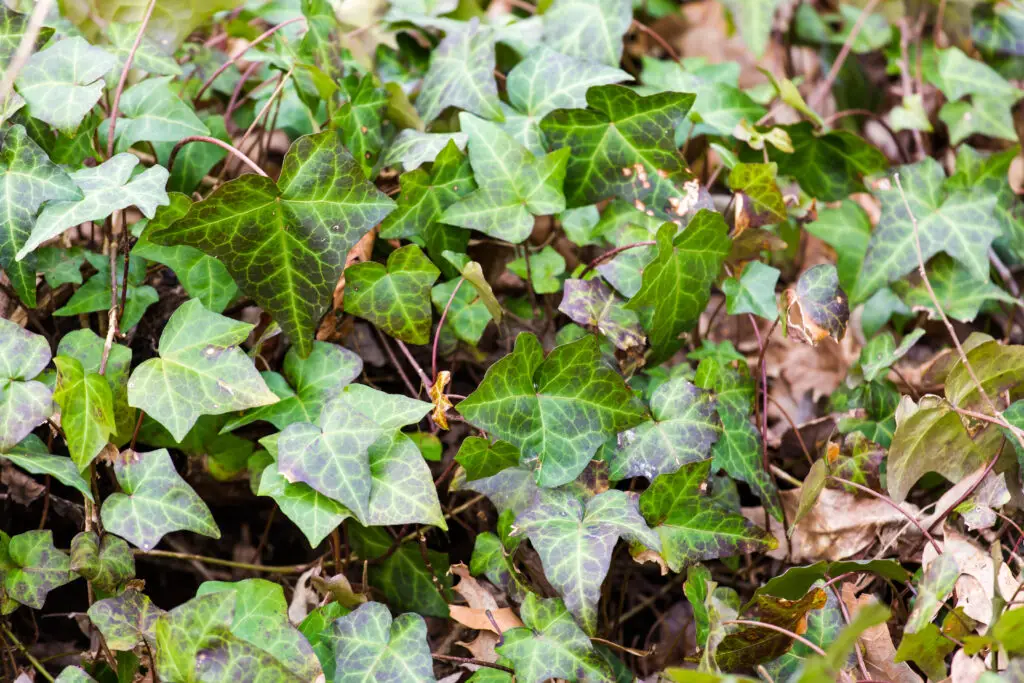
English ivy starts as a charming ground cover, climbing walls and fences elegantly. It looks lush and sophisticated, but it’s deceptively aggressive. Once established, it can overtake shrubs, trees, and even walls, often smothering them entirely. Homeowners often find themselves wrestling with it, trying to prune it back, only for it to keep coming.
Another hidden issue is its impact on structures. Ivy can creep into brickwork or siding, creating long-term damage that’s expensive to repair. Additionally, it can harbor pests like rodents or insects, adding another layer of frustration. For a plant that seemed so decorative, it often turns into a high-maintenance problem.
4. Leyland Cypress
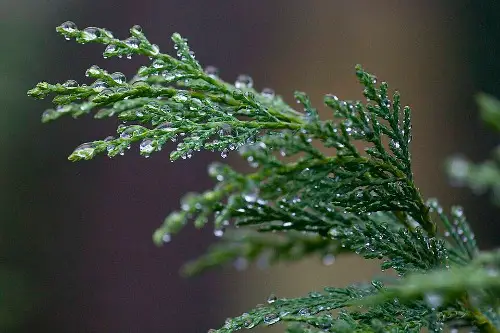
Leyland cypress is the go-to tree for quick privacy hedges because it grows incredibly fast. But that speed comes at a cost: it’s prone to disease and can outgrow the space you intended for it. Roots can spread aggressively, and mature trees become difficult to manage. What seemed like an easy hedge solution can quickly turn into a nightmare of pruning and care.
This tree also has high water needs, especially in its first few years, and doesn’t tolerate drought well. Dead needles or branches can create a mess, requiring constant yard cleanup. Many homeowners regret planting Leyland cypress when the tree outgrows its intended role in the landscape. It’s definitely not a “plant and forget” option.
5. Japanese Knotweed
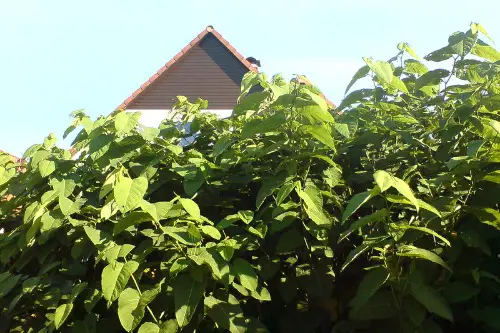
Japanese knotweed is notorious among gardeners for a reason: it’s nearly impossible to control once mature. It spreads through both roots and stems, quickly taking over large areas. This plant can damage fences, driveways, and even foundations, leaving homeowners frustrated and financially burdened. Many people regret planting it after realizing it spreads far beyond their yard.
Even cutting it down won’t solve the problem; it regenerates easily from small root fragments. The plant can also lower property values because of the structural risks it poses. While it may look harmless initially, the long-term consequences are serious. For those looking for low-maintenance greenery, this is definitely one to avoid.
6. Silver Maple
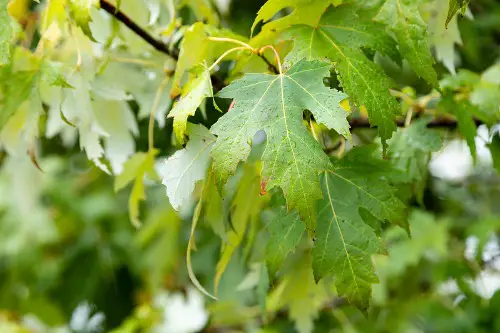
Silver maples grow incredibly fast, giving the impression of instant shade and grandeur. But their rapid growth comes with weak wood that’s prone to breaking during storms. Roots can also disrupt sidewalks, driveways, and underground pipes, causing unexpected headaches. Homeowners often find themselves in constant repair mode once these trees mature.
The silver maple also produces a lot of seeds, leaves, and twigs, which adds to yard cleanup. Its shallow roots compete aggressively with lawn grass and garden plants, making landscaping tricky. What seemed like a perfect shade tree quickly becomes a maintenance monster. Many homeowners learn the hard way about this tree’s hidden demands.
7. Black Walnut
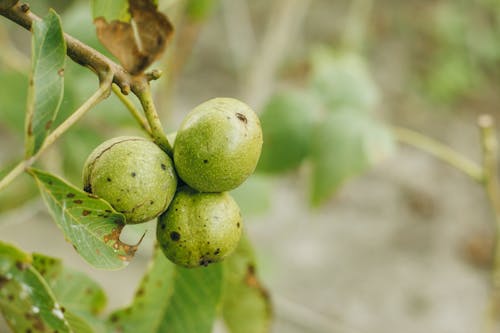
Black walnut trees look stately and produce lovely nuts, but they come with a serious drawback: juglone. This chemical leaches into the soil and prevents other plants from growing nearby. Flower beds, vegetable gardens, and even certain shrubs often fail under a mature walnut tree. Gardeners frequently regret planting them once they see the limited options for companion plants.
The nuts themselves can also be a nuisance, dropping in large quantities and creating slippery messes on driveways or patios. Their strong roots compete with grass and garden plants for water and nutrients. While beautiful and valuable for timber, black walnuts demand careful planning. Many homeowners aren’t prepared for the restrictions they impose on surrounding landscaping.
8. Poplar
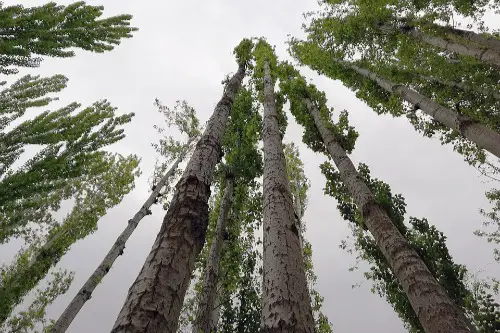
Poplar trees grow fast and can provide quick shade or a windbreak, but they come with big problems. Their roots are invasive and can damage sewer lines or foundations. Branches break easily during storms, creating constant maintenance concerns. Many homeowners regret planting them once they realize the tree’s fragile nature and aggressive root system.
Poplars also shed a huge amount of leaves and seed fluff in spring, which clogs gutters and creates yard mess. They live relatively short lives for large trees, meaning homeowners may need to replace them sooner than expected. The initial charm of rapid growth fades once the maintenance demands kick in. Poplars are not low-effort, despite appearances.
9. Privet
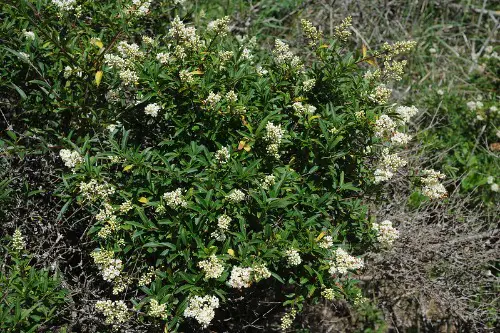
Privet hedges grow quickly and can be pruned into neat shapes, which is why they’re so popular initially. However, mature privet can become extremely dense and hard to manage. Overgrown hedges block light and airflow, potentially harming nearby plants. Many homeowners find themselves trapped in a cycle of constant trimming.
Privet is also known to be invasive in some regions, spreading into natural areas. Its fast growth means it can easily escape your intended landscaping area. For homeowners expecting a simple, low-maintenance hedge, privet often delivers the opposite. It’s beautiful when contained, but containment is a lot of work.
10. Norway Maple
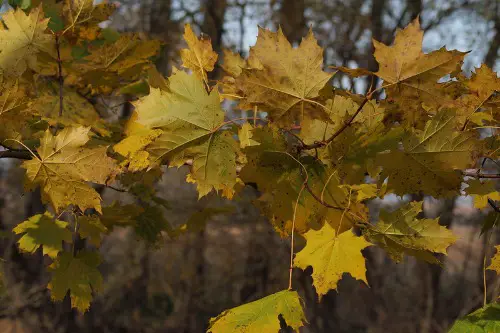
Norway maples were once considered a safe shade tree, but mature trees reveal serious downsides. Their dense canopy blocks sunlight, making it hard for grass or other plants underneath to thrive. Roots spread wide and shallow, disrupting lawns, sidewalks, and underground infrastructure. Many homeowners regret planting them when they see the impact on surrounding landscaping.
These trees also drop a huge amount of leaves in fall, creating an annual cleanup challenge. Norway maples can be prone to disease and pests, adding more maintenance concerns. While impressive in size, they require constant attention to prevent them from becoming a nuisance. The initial appeal of fast shade often fades quickly.
11. Sweetgum
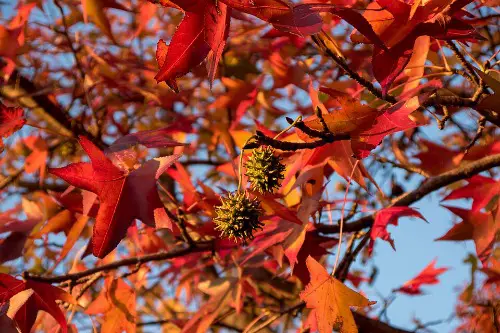
Sweetgum trees are loved for their star-shaped leaves and brilliant fall colors. Unfortunately, the spiky seed balls they produce can litter the yard and be painful to step on. Homeowners frequently regret planting them in high-traffic areas or near patios. They also drop a significant amount of leaves, increasing maintenance during fall.
The tree’s roots are aggressive and can interfere with lawns and garden beds. Sweetgum wood can break easily in storms, creating another potential hazard. While the aesthetic is undeniable, the practical challenges are substantial. It’s a tree that demands planning and patience to live with.
12. Bamboo

Bamboo seems like a dream when you first plant it: fast-growing, lush, and green. But once it matures, it can become an uncontrollable invader. Its underground rhizomes spread aggressively, often sneaking into neighboring yards or even under fences. Homeowners frequently find themselves in a constant battle, trying to contain what they thought would be a charming accent plant.
The real problem is that bamboo isn’t just tall; it’s relentless. Cutting it down doesn’t stop it—it just comes back faster if any piece of root remains. Many homeowners end up calling professionals for removal, which can be expensive and time-consuming. For something that started as a neat landscaping idea, it quickly becomes a full-time chore.
13. Russian Olive
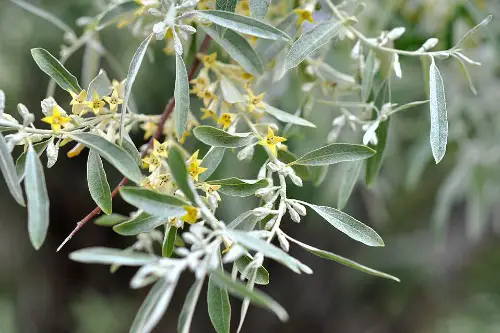
Russian olives are tough, drought-resistant trees that many homeowners plant for low-maintenance greenery. But they become invasive quickly, spreading by seeds and roots into nearby areas. Mature trees can crowd out native plants and disrupt ecosystems. What seemed like a hardy, low-effort tree often turns into a persistent headache.
Their dense growth and thorny branches also make yard access and maintenance difficult. Leaves and small fruits drop constantly, creating messes and attracting wildlife in unexpected ways. Many homeowners regret planting Russian olives once they see how aggressively they spread. This tree is beautiful from afar but tricky up close.
This post 13 Plants That Homeowners Regret Planting Once They Mature was first published on Greenhouse Black.
